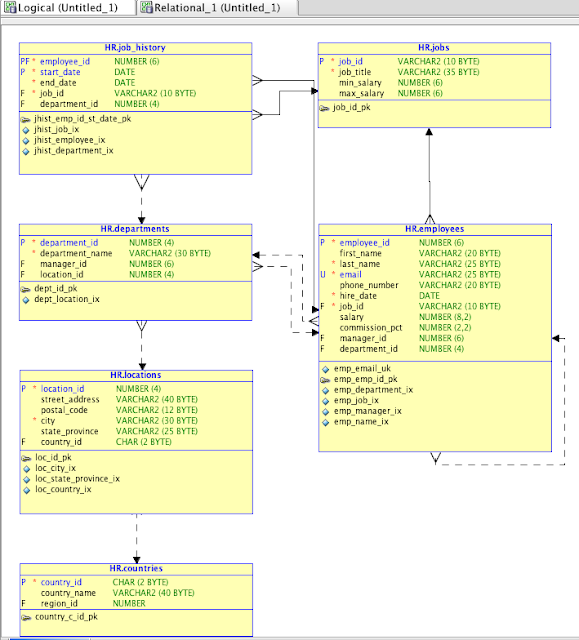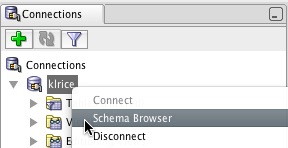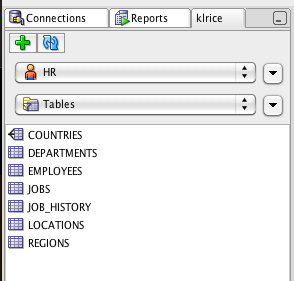This is the beginning of what I plan on building up over time which is a library of functions for use to make custom script very easily. This is an example of adding the standard who columns to every table in the model.
The first two functions are to delete and add columns to a table.
// import actual java classes for use later
importPackage(javax.swing);
// variable to keep a status message for later
var msg="";
/*
Delete function takes in the table and name of the column to delete
*/
function deleteColumn(table,colName){
columns = table.getElements();
// iterate columns looking for the one to remove
for (var i = 0; i < columns.length; i++) {
if ( columns[i].getName().toUpperCase() == colName ){
columns[i].remove();
msg += "Deleted from "+ table.getName() + " : " + colName + "\n";
}
}
}
/*
checkOrCreate function takes in the table and name of the column to add. This checks for the existence of the column before addin
*/
function checkOrCreate(table,colName,typeName,typeSize){
hasCol = false;
columns = table.getElements();
for (var i = 0; i < columns.length; i++) {
column = columns[i];
if ( column.getName().toUpperCase() == colName ){
hasCol=true;
}
}
// if the column is not present add it
if (! hasCol ) {
newCol = table.createColumn();
newCol.setName(colName);
newCol.setUse(1);
// lookup the logical datatype based on the name
type = model.getDesign().getLogicalDatatypeSet().getLogTypeByName(typeName);
newCol.setLogicalDatatype(type);
if (typeSize != null ) {
newCol.setDataTypeParameter("size",typeSize);
}
msg += "Added to "+ table.getName() + " : " + colName+ "\n";
}
}
// grab all the table in the model as an array
tables = model.getTableSet().toArray();
for (var t = 0; t < tables.length;t++){
// remove all these from the table
deleteColumn(tables[t],"CREATED_BY");
deleteColumn(tables[t],"CREATED_ON");
deleteColumn(tables[t],"UPDATED_BY");
deleteColumn(tables[t],"UPDATED_ON");
// add them back with the specified datatypes
checkOrCreate(tables[t],"CREATED_BY", "VARCHAR",200);
checkOrCreate(tables[t],"CREATED_ON", "DATE");
checkOrCreate(tables[t],"UPDATED_BY", "VARCHAR",200);
checkOrCreate(tables[t],"UPDATED_ON", "DATE");
}
// notify the user what happened
JOptionPane.showMessageDialog(null, msg);
The end result of running this will be a dialog that shows all the actions performed.



























